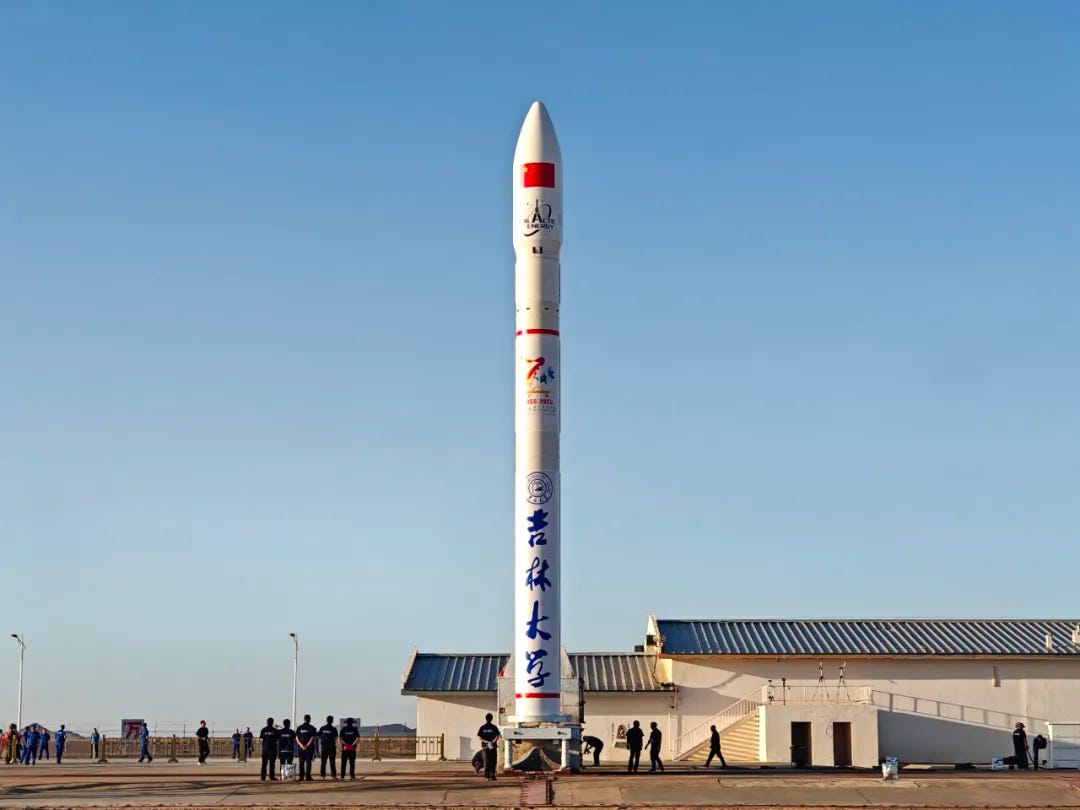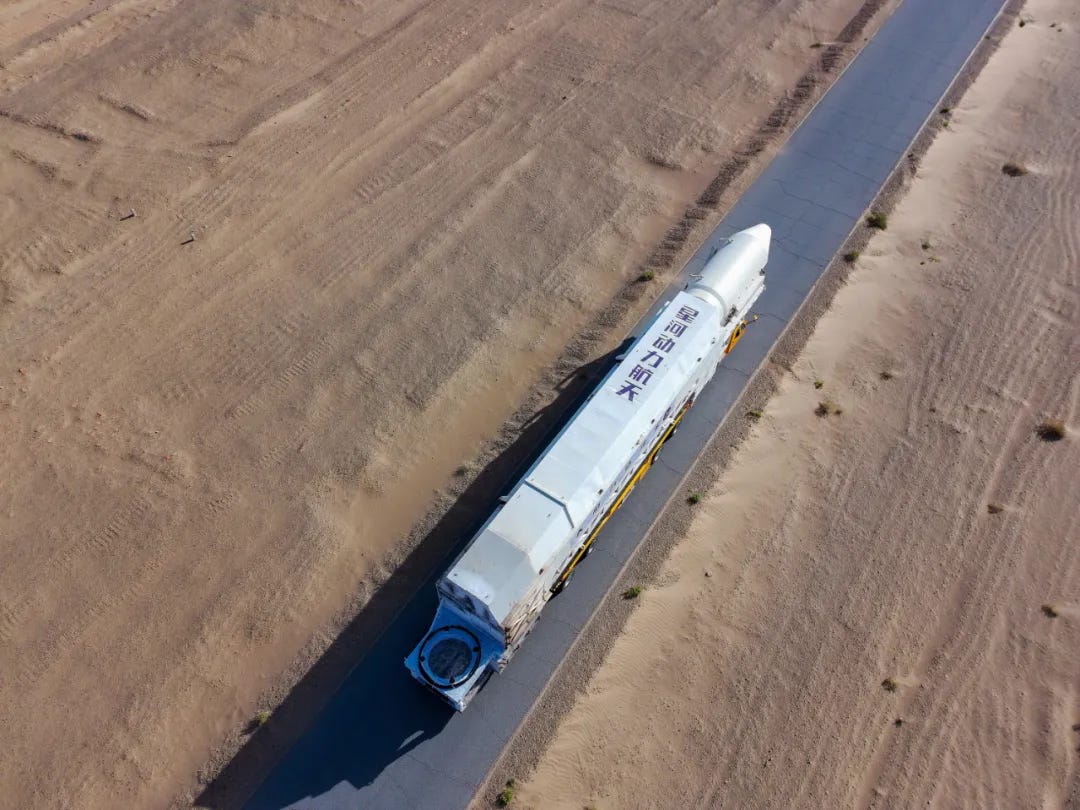Galactic Energy Lofts Three Satellites Into Orbit [Ceres-1 Y15]
Alongside the Eros orbital test platform heading to space again.
Out of the Jiuquan Satellite Launch Center, Galactic Energy’s Ceres-1 blasted off on September 5th at 19:39 pm China Standard Time (11:39 am Universal Coordinated Time), flying into sun-synchronous orbit. A total of three satellites were on top of the rocket.
Kaiyun-1 (开运一号), from Beijing Kaiyun United Information Technology Group Co Ltd (北京开运联合信息技术集团股份有限公司), is an Earth observation and space awareness satellite, sending its data back to researchers to carry out several scientific projects. The space awareness part of the satellite is said to be able to observe other spacecraft as far away as geostationary space. Another name for the satellite may be Jiazhou (嘉州), due to a reported launch date of September 5th and a very similar task.
A second Earth observing satellite onboard was Yuxing-3-08 (驭星三号08), imaging the planet with its 5-meter resolution camera for various remote sensing tasks. The spacecraft will also carry out verification of new variable temperature space-worthy materials.
Lastly, there was Yunyao-1-27 (云遥一号27), a fifty-kilogram meteorological satellite from Yunyao Aerospace (云遥宇航). SpaceTY (天仪研究院) contributed to the Yunyao spacecraft with an electric hall-effect propulsion system (with thrusters requiring 300 and 400 watts), a fiber optic gyro, a high-performance computer, and a Compton telescope for gamma-ray particle detection led by Tsinghua University (清华大学).

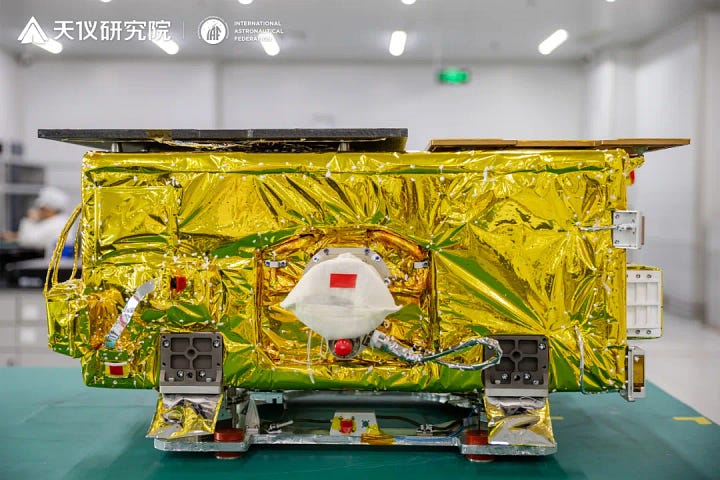
The single Yunyao satellite brings the Yunyao Aerospace’s planned constellation up to fifty-three spacecraft, of a planned ninety, for assisting in weather prediction, magnetic storm monitoring, and ocean forecasting.
Galactic Energy’s Eros orbital test platform also replaced the fourth-stage, for the second time, to carry out in-space experiments and technology verifications for an undisclosed customer. Experiments being carried out on the platform are related to studying atmospheric conditions, optical and visible light imaging, as well as unclear experiments for ‘star screens’ and ‘damping spheres’.
Following the launch, Galactic Energy stated in their blog post that Ceres-1 has successfully flown into orbit twenty times, carrying eighty-five satellites overall.
Today’s launch was the 21st launch for the Ceres-1 launch vehicle series (Ceres-1 and Ceres-1S). This was also the 52nd launch from China in 2025.
Liftoff video via Galactic Energy on Weibo as well as 天仪SPACETY and 大漠问天 on WeChat.
Check out the previous Ceres-1 launch
Another Solid at Sea to Space [Ceres-1S Y5]
From the calm shores of the Yellow Sea off the coast of Rizhao (日照市), Galactic Energy’s Ceres-1S lifted off from a sea-launch platform on May 19th at 15:38 pm China Standard Time (07:38 Universal Coordinated Time) heading to a 850-kilometer 45-degree inclination low Earth orbit. …
What is Ceres-1/1S?
This section is for those less familiar with China's commercial launch vehicles.
Galactic Energy’s Ceres-1, and its sea launch version Ceres-1S, is a four-stage launch vehicle that burns solid fuel in the first three stages, and a storable propellant in the fourth-stage. The fourth-stage can also be replaced with the company’s Eros orbital test platform.
The payload capacity of the launch vehicle is currently as follows:
420 kilograms to low Earth orbit
300 kilograms to a 500-kilometer sun-synchronous orbit
270 kilograms to a 700-kilometer sun-synchronous orbit
The first-stage is powered by a solid rocket motor that burns an undisclosed solid propellant to produce 60 tons of thrust. The second-stage also burns an undisclosed solid propellant to produce 28 tons of thrust. The third-stage is the final solid rocket stage, once again burning an undisclosed solid propellant, producing 8.8 tons of thrust. The fourth-stage burns a storable liquid Monomethylhydrazine and mixed oxides of nitrogen fuel in an ‘attitude control thruster’ to generate 1 ton of thrust.
On the launchpad, Ceres-1 weighs 33,000 kilograms and stands 20 meters tall. The first, second, and third stage have a diameter of 1.4 meters while the fairing has a diameter of 1.6 meters.
So far Ceres-1 vehicles have flown from the Jiuquan Satellite Launch Center and various sea-based launch platforms.



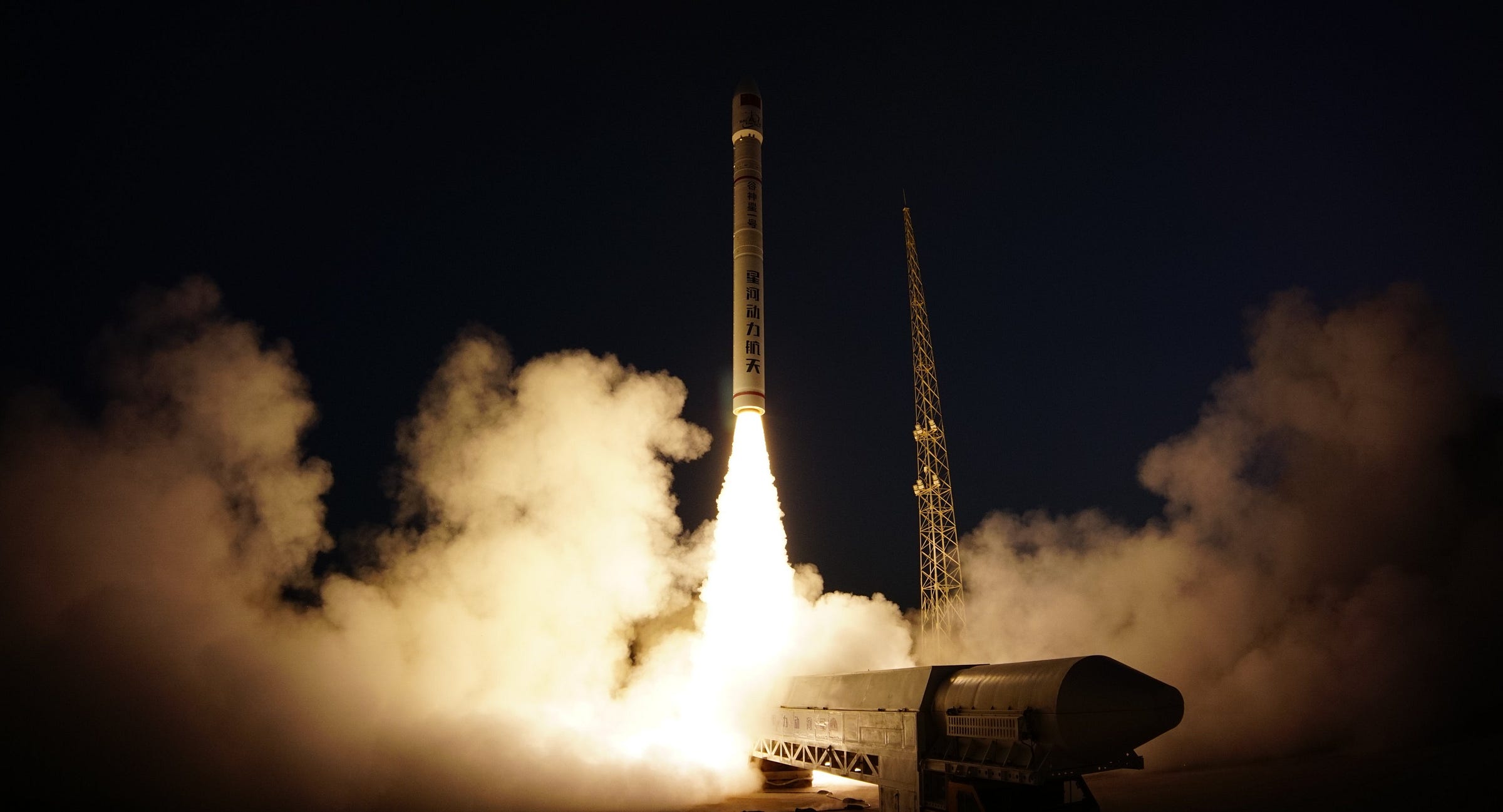
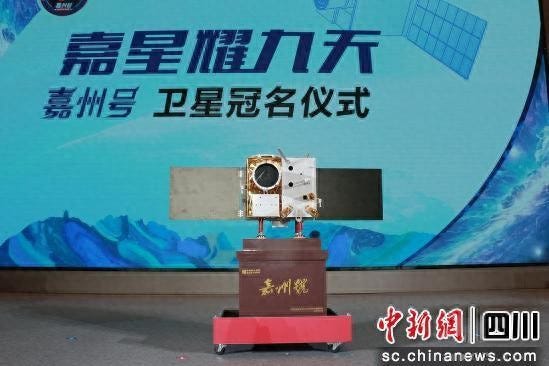

![Another Solid at Sea to Space [Ceres-1S Y5]](https://substackcdn.com/image/fetch/$s_!TTHo!,w_1300,h_650,c_fill,f_auto,q_auto:good,fl_progressive:steep,g_auto/https%3A%2F%2Fsubstack-post-media.s3.amazonaws.com%2Fpublic%2Fimages%2Ff3dafa7e-8ff9-4f00-9e66-46f570904272_5278x2746.jpeg)
